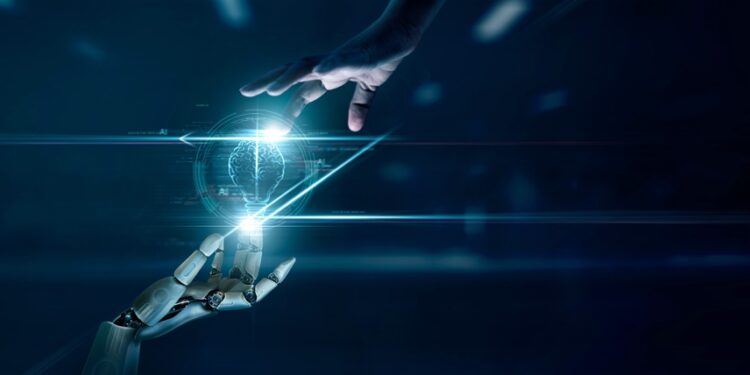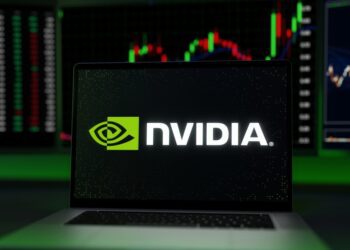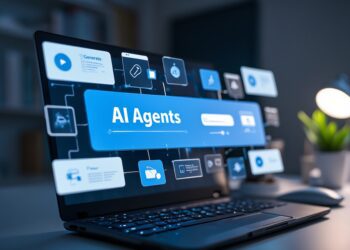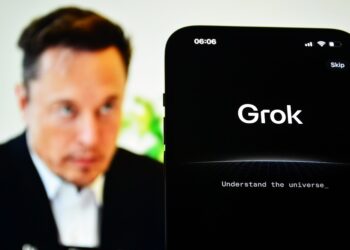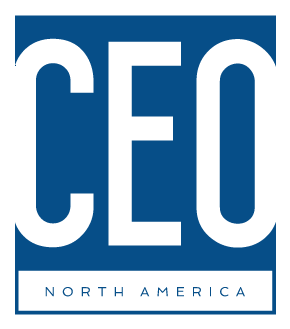The decisions of companies, governments, and educators will help to shape the ultimate outcomes of the A.I. revolution.
The entertainment industry has long churned out movies and television shows about machines equipped with artificial intelligence taking over—and destroying—humanity. But this past July, when actress Fran Drescher told the crowd at a press conference that “we are all going to be in jeopardy of being replaced by machines,” it was not part of a science fiction script.
Drescher, who is also president of the Screen Actors Guild-American Federation of Television and Radio Artists, was announcing the beginning of the union’s long-anticipated strike. SAG-AFTRA was joining the Writers Guild of America—an organization of unions representing writers in film, television, radio, and online media—in their first simultaneous strike in more than 60 years. Among their concerns: establishing the rights and roles of human actors, writers, and other creators in an age when artificial intelligence is becoming increasingly adept at imitating their work.
The Hollywood strike highlights a broad concern that A.I. is coming for our jobs, a fear that accelerated in November 2022 when research laboratory OpenAI widely released its large language model–fueled generative A.I. chatbot, ChatGPT.
Such fears are rooted in historical experience. The path of technological progress has produced many head-on collisions between innovation and the labor market, from the scribes put out of work by the printing press to the weavers forced to compete with mechanized looms and the factory workers displaced by robots. A.I., too, will surely shake up the labor force in meaningful ways in the coming decades. But the disruptive potential of A.I. is so apparent to so many people that this time we have an advantage absent from most of those historical experiences: a chance to do something about it.
What policies and programs will help us prepare for the A.I. revolution in the labor market—particularly in a way that benefits workers? What decisions can workers, companies, educators, and governments be making now to minimize negative outcomes such as unemployment and job-market dislocation while still capturing A.I.’s potential to boost productivity? What lessons can economists draw from the data to help guide those decisions?
Rather than wiping out jobs, A.I. could create many new ones, and make the people performing them far more productive than analogous workers are today. But if we’re going to realize the A.I.-powered future we might hope for, we have to start planning for it now.
What’s different about generative A.I.?
Artificial intelligence is what economists call a general-purpose technology, or GPT—one that has applications across industries and the potential to transform the broad economy. (The GPT in ChatGPT, on the other hand, stands for generative pretrained transformer.) And while generative A.I. such as the chatbots and image-creation tools produced by OpenAI, Google, and others has refocused public attention, the technology is, of course, hardly new. One-quarter of US companies have already adopted some form of A.I., while Chinese and Indian companies are at nearly 60 percent, according to a 2022 IBM report. A.I. has made inroads in tech, manufacturing, healthcare, banking and financial services, media, retail, hospitality, and automaking.
Some A.I. applications—say, the Netflix algorithm that recommends programs on the basis of pattern recognition in viewing habits, or the tech for self-driving cars—focus on performing repetitive or specific tasks.
Generative A.I. tools, on the other hand, can identify patterns in massive data sets to create new content, including text, audio, and images. A chatbot used for customer-service purposes cannot, say, craft a movie script based on a human prompt. Generative A.I. programs could do this, along with producing what appear to be novel solutions to complex challenges.
Hence the consternation of the screenwriters, as well as white-collar workers in a slew of professions previously considered untouchable by automation.
“It was once a common belief that computers could not take over creative jobs, such as journalism or graphic design,” says Chicago Booth’s Anders Humlum. “However, with the advent of large language models and generative A.I., we’ve seen technologies . . . now automating tasks traditionally done by journalists, graphic designers, or programmers.”
Experts do not all agree on what does and does not constitute generative A.I., but some regard it as being a step toward artificial general intelligence—that is, a technology that is able to operate in a fully human way, perform cognitive tasks just like a person, and ultimately exceed all human capabilities. A group of researchers from Microsoft (a key investor in OpenAI), examining OpenAI’s GPT-4 model in an April 2023 study, finds that it “attains a form of general intelligence, indeed showing sparks of artificial general intelligence,” although they acknowledge “a lot remains to be done to create a system that could qualify as a complete AGI.”
An April Goldman Sachs report estimates that tech advances fueled by generative A.I. such as ChatGPT could affect approximately 300 million jobs worldwide over the next decade.
A.I.’s unmistakable momentum
In the past, says Humlum, industrial transformations have been driven by general-purpose technologies such as the steam engine, which enabled the mechanization of textile production and railroad transportation and brought about the first industrial revolution. Electricity served a similar role during the second industrial revolution, which led to mass production at the assembly line, and computers and the internet during the third industrial revolution gave rise to the information technology age.
One key difference with more recent innovations such as generative A.I., Humlum says, is that they diffuse much faster than previous disruptive tech. “It took almost 100 years from when the first steam engine was installed in the United States at the beginning of the 19th century until peak adoption by the turn of the next century,” he says.
By contrast, in February 2023 a research note from Swiss investment bank UBS found that within two months of its initial release, ChatGPT had 100 million monthly active users around the globe. Around the same time, OpenAI released a premium membership tier, and in September, it began to roll out new voice and image capabilities for ChatGPT, declaring the app could now “see, hear, and speak.” Alternatives to ChatGPT currently include Google Bard, Claude, Bing’s A.I. chatbot, and Perplexity AI.
“In 20 years following the Internet space, we cannot recall a faster ramp in a consumer internet app [than ChatGPT experienced],” the authors of the UBS report write. They note that, by comparison, TikTok took nine months to reach 100 million monthly users, and Instagram about 2.5 years.
A.I.’s productivity curve may also be faster. Research by Stanford’s Erik Brynjolfsson, University of Pennsylvania’s Daniel Rock, and Booth’s Chad Syverson identifies a “productivity J-curve” in past eras of technological change—that is, a time in which productivity lulled, followed by a period of acceleration.
For example, they note, the steam technologies of the US industrial revolution took nearly half a century to show visible productivity effects. There was also a productivity slump in the first 25 years following the invention of the electric motor and combustion engine before the pace of productivity exploded in 1915. Even the early IT era had slow productivity growth for 25 years before powering up from 1995 to 2005.
This is largely because it takes companies a long time to figure out how to best utilize novel tech while also steering new processes, creating fresh business models, training workers, and making other intangible investments, the researchers say.
As of 2017, A.I. was in more of a “lull” period, the researchers argue. However, they write, “the fact that existing A.I. capital has a high market valuation and as such suggests a considerable shadow value for intangible correlates, indicates that we may be entering the period in which A.I.-as-GPT will have noticeable impacts on estimates of productivity growth.”
By Rebecca Stropoli/Courtesy Chicago Booth Review

